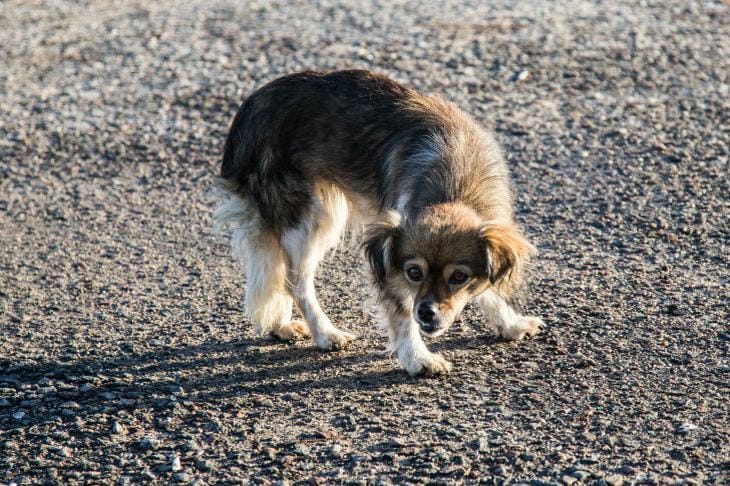How to stop a dog from running after a bike: proven methods for retraining a four-legged racer
Dog chasing of cyclists is a serious problem for both animal owners and cyclists.
The natural instinct to chase prey makes pets chase moving objects, creating dangerous situations on the road.
Reasons for behavior
The natural hunting instinct drives dogs to chase fast moving objects.
The animal perceives the bicycle as potential prey or a threat to its territory. Lack of physical activity and psychological stimulation can also provoke undesirable behavior.
Basic rules of training
Raising an obedient dog begins with mastering basic commands. The pet must flawlessly perform the commands "sit", "lie down" and "come to me".

Particular attention is paid to practicing the command "no" or "no", which will help stop the dog at a dangerous moment.
Behavior correction methods
Gradually accustoming the dog to the sight of a bicycle is the basis for successful correction. Training begins with showing a stationary bicycle at a safe distance.
Positive reinforcement of calm behavior with a treat forms the correct reaction of the animal.
Practical exercises
Training is conducted in a calm environment, away from the roadway. An assistant with a bicycle rides slowly at a considerable distance while the owner holds the dog on a leash.
The pet receives a reward for calm behavior. The distance is gradually reduced and the speed of the bike increases.
Control means
A reliable leash is a must for training. A harness provides better control over the dog than a collar.
Using a long leash allows you to practice commands at a distance. A muzzle may be required for large and aggressive dogs.
Physical activity
Sufficient physical activity significantly reduces the dog's desire to chase. Regular walks, ball games, and agility classes help direct the pet's energy in the right direction. A tired dog is less likely to exhibit undesirable behavior.
Professional help
Contacting a dog trainer will help develop an individual behavior correction program.
The specialist will evaluate the dog's character and select the most effective training methods. Group training with other dogs helps socialize the pet.
Safety on a walk
The owner's attentiveness plays a key role in preventing bicycle chasing.
If you notice a cyclist approaching, you should distract your dog with a command or treat. Choosing a walking route that takes into account minimal cyclist traffic reduces the risk of unwanted behavior.
